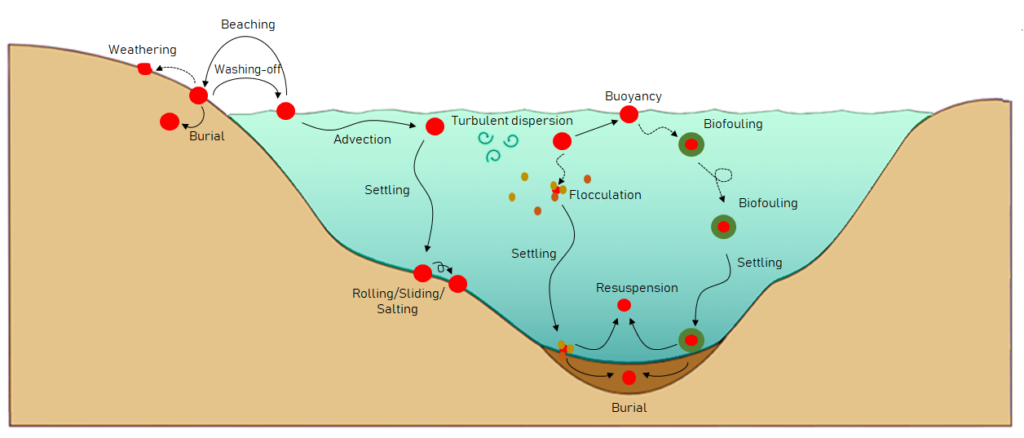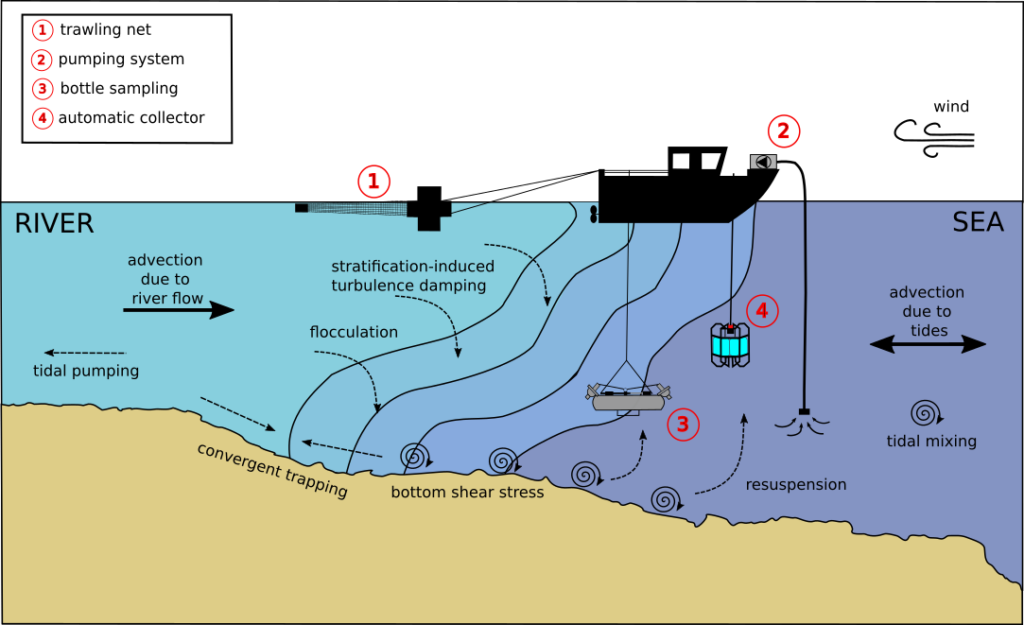We proudly announce the release of the treatise on « Transport of Microplastic Debris in Estuaries, » published by Elsevier in the reference book « Treatise of Estuarine and Coastal Science, 2nd Edition. » Authored by members of the PLASTINEST project, Isabel Jalón-Rojas and Sophie Defontaine, in collaboration with colleagues from the University of Granada, this work introduces the physical, hydrodynamic, and biochemical processes driving the transport of microplastics in estuaries. It provides a concise foundation for this young yet rapidly growing research field, delving into forefront results. This treatise is tailored for the interdisciplinary community studying plastic pollution in estuaries, ranging from academic researchers to advanced students, and coastal and resources managers.
Link to Elsevier: https://doi.org/10.1016/B978-0-323-90798-9.00022-6
Link to the HAL open access preprint version: https://hal.science/hal-04412547
Citation: Jalón-Rojas, I., Defontaine, S., Bermúdez, M., Díez-Minguito, M. (2024). Transport of microplastic debris in estuaries. Reference Module in Earth Systems and Environmental Sciences: Treatise of estuarine and coastal science, 2, Elsevier, ISBN 9780124095489, https://doi.org/10.1016/B978-0-323-90798-9.00022-6.
Highlights:
- A thorough foundation on sinking, erosion and beaching processes is presented, highlighting the intrinsic behaviour of microplastics in relation to their wide range of physical properties and the effects of biochemical processes such as biofouling and flocculation.

- A wide range of hydrodynamic processes for which there are first signs of evidence that they may play a key role in the transport and trapping of microplastics are described, including tidal-scale processes, residual circulation and internal asymmetries.

- Four study cases illustrate estuarine microplastic dynamics under contrasting environmental conditions in different estuaries, from well-mixed to strongly stratified, with a particular focus on flushing and trapping physical mechanisms. Microplastic dispersion and transport trends are site-specific and highly dependent on the particle physical properties. Nevertheless, Estuarine MicroPlastic Maxima (EMPM) seem to be a common feature in estuaries.

- The main observation techniques and modelling methods to advance knowledge of MP transport are presented, focusing on the limitations of sampling strategies and the recommendation to capture the representative time scales of estuarine variability.

